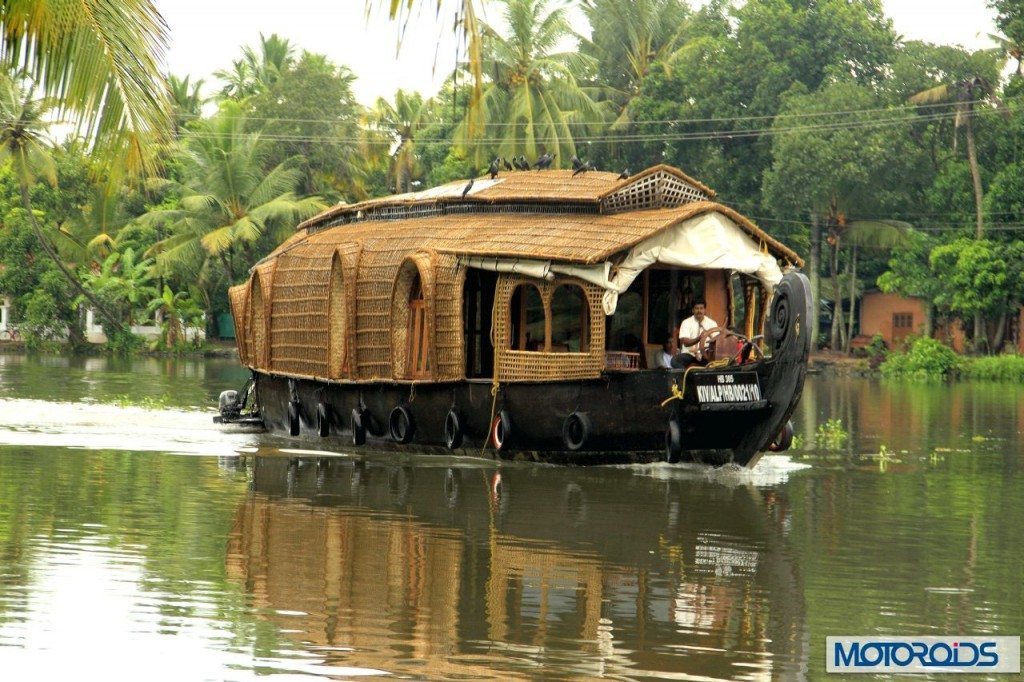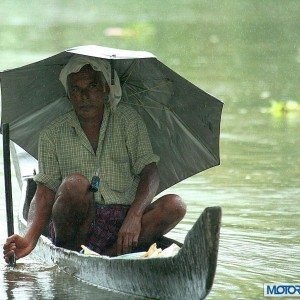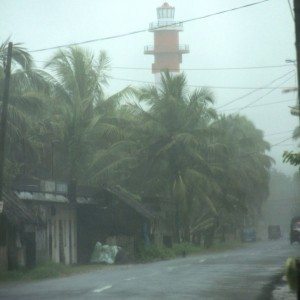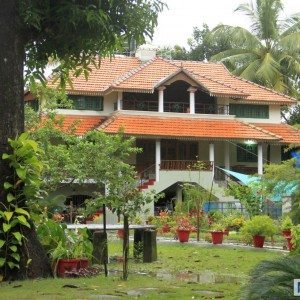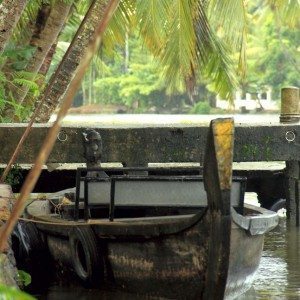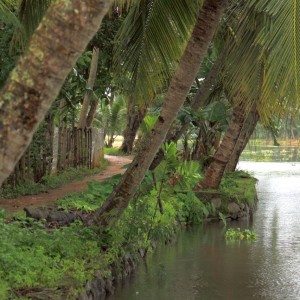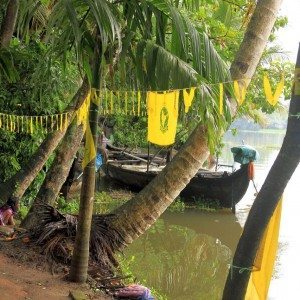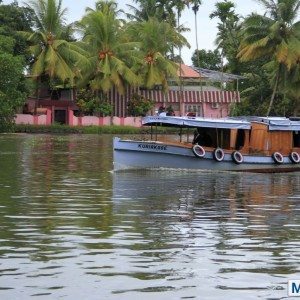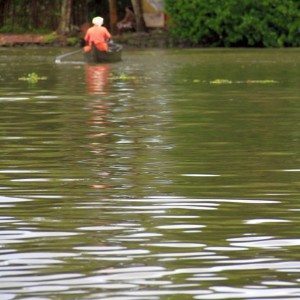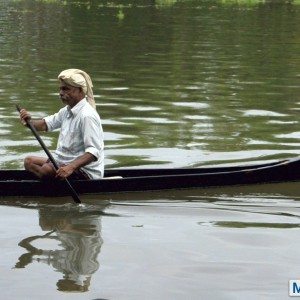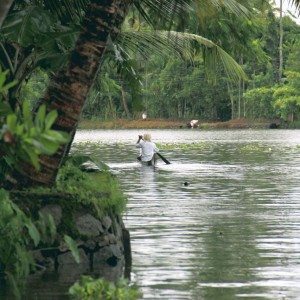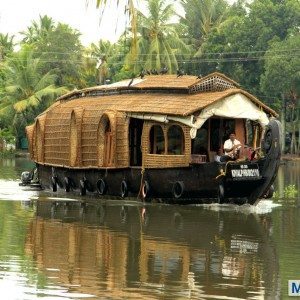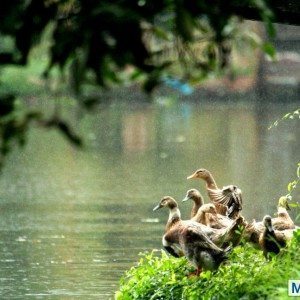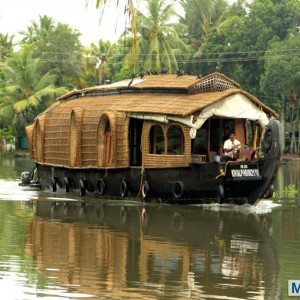Words : Sidharth Ravindra & Ramarao Ravindra
Images : Ramarao Ravindra
Click here for the log of Day 1 and 2 drive.
Day 3 – Thursday, 30th August, 2012 (Kozhikode- Chennamkary)
We got up at 0630 hrs and tea in the room, followed by a good breakfast. The exit from town to the highway was on the road just outside our hotel and turned onto NH 66, 3 km out of town. The usual crowded roads. Unfortunately the highway bypassed Beypore port and didn’t realize it till we realized that we had long passed the turn off. Would have loved to see the place where Dhows are built.
Beypore was thronged first by Romans and afterwards by Chinese, Syrians, Arabs and in recent centuries by Europeans for trade. Beypore has long history of being a centre for shipbuilding since the first century AD, and it was further expanded under the East India Company during the early nineteenth century. The Indian Ocean trade started from ancient times and strengthened during the medieval times. While in the old days Malabar directly traded with the Greeks and Romans, it concentrated on exchanges with the Middle Eastern ports in the medieval times. This exchange of goods resulted also in transfer of people from their abodes. While it is mentioned that Malabari’s were found along African ports and even Egypt’s, it was mostly Arabs who migrated to the Malabar coasts, mainly to administer, control and conduct the trade with their brethren in Yemen, Basra and Egyptian ports. Beypore was virtually free port with only an export import duty imposed by the ruling Zamorins. The intermediaries between the Arabs and the Nairs were the Moplah’s (themselves a community started by the intermingling Arab men and local women from ancient times). Also the south east Malay ports sent ships to Malabar for the cloth from Kerala, until British cloth took its place later in the 19th century. It was also a stop over for Hajj pilgrims from south east Asia. The Arab settlers in Malabar even had African slaves during that period.
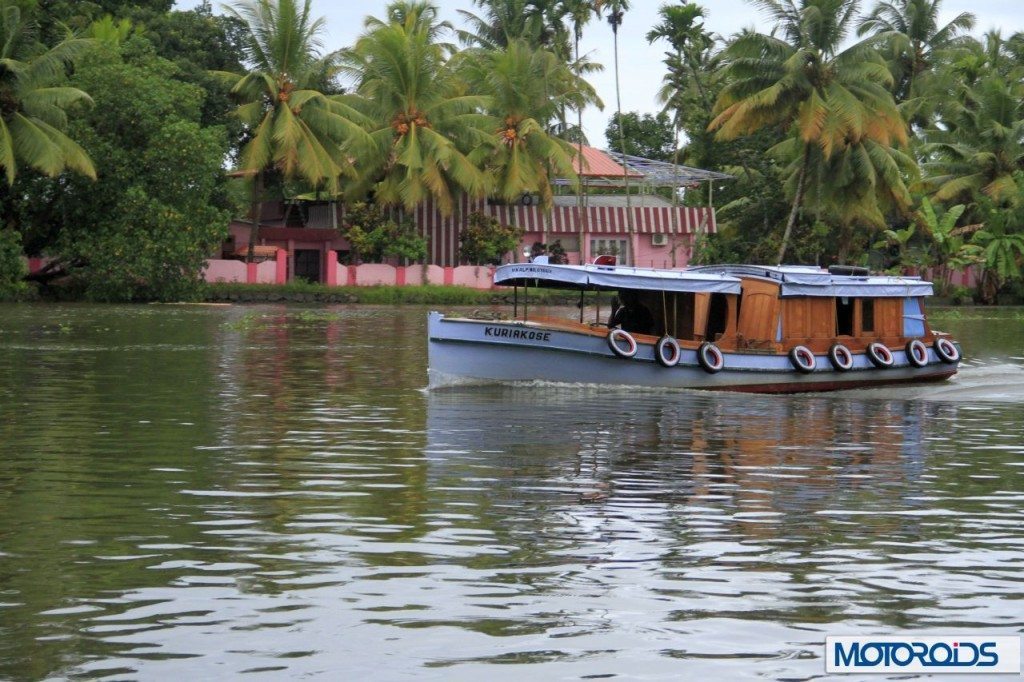
Tea break was at Ponnani at 1055 hrs in bakery – Kerala seems to abound with them and they double as restaurants as well. Near Chavvakad took a wrong turn, the large scale TTK map we used was more a pictorial map than one that can be used for accurate navigation. This took us on a beach road through some very picturesque villages. Unfortunately it had started raining heavily and managed to get a fairly decent shot through the windscreen of a light house. After asking around, turned back onto the highway near Kondaganalur. Bought a large umbrella there and carried on after a brief stop for a fruit lunch, eaten sitting in the car as it was raining heavily. Bypassed Kochi/Ernakulam completely at Edapally and got onto a highway on which were located showrooms of probably every car sold in India – gleaming glass and chrome affairs! Got to Alaphuza by around 1600 hrs and but took us about an hour to navigate the town’s roads due to heavy traffic before we finally got of town and onto SH 11 to Changannacheri and then onto SH 1 en-route Chengannur.
The roadwork in Kerala is excellent and there is always more than one route to a destination – so it pays to take the time to stop and ask for the best road to take. SH 1 – the Chengannur road, took us thro some of the most scenic roads in Kerala, lush green paddy fields on either side of the road, as far as the eye could see, with the dark monsoon clouds in the skies. Got to Chennamkary by about 1730 hrs and parked the car in some obliging soul’s compound. Mathew had sent his boat to the boat jetty to pick us up. The boat was a 2 man paddle boat which could seat 5/6 persons and with all our baggage was a tight squeeze. Unfortunately couldn’t shoot as it was raining and would have been difficult to keep the camera dry – holding an umbrella over one’s head as well as keep one’s body in line amidships, otherwise we could have tilted over. Freeboard must have been about 4” !! – Strange situation when 2 of the 3 passengers were seamen on deep drafted vessels. Crossed over to Chennamkary island and Mathew’s family residence abutted the boat jetty – probably every house in the small island of Chennamkary have their own jetty’s!
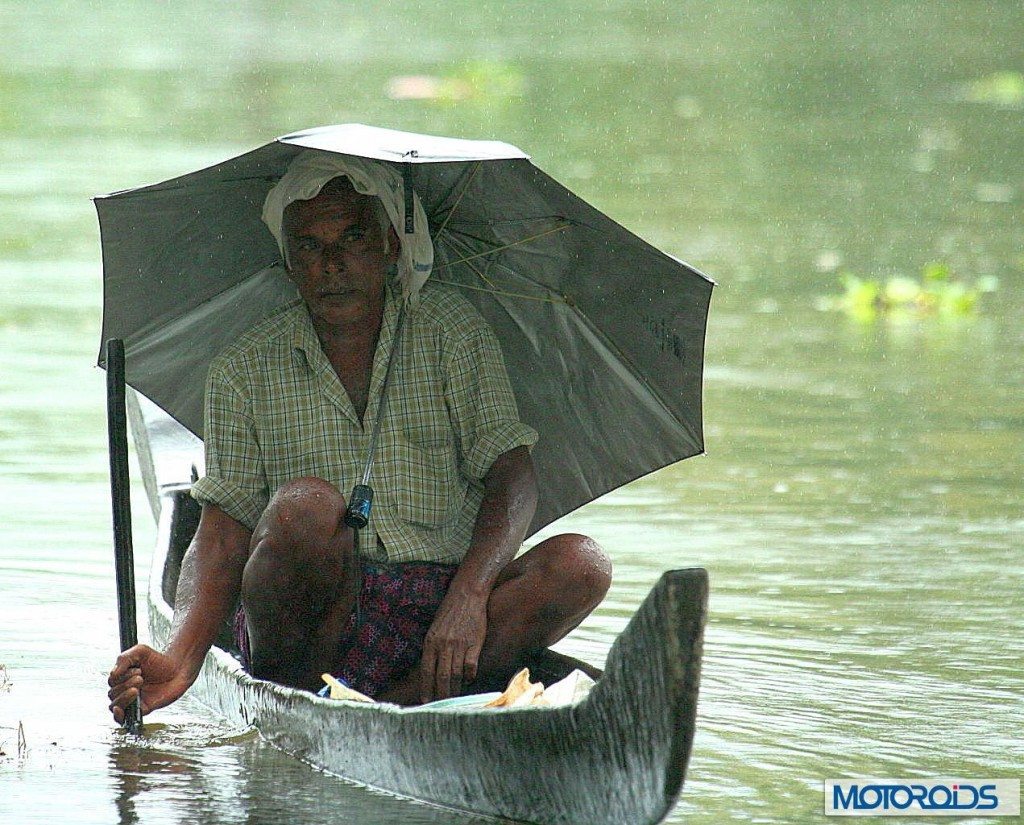
Our home stay was owned by a very old family of Chennamkary, the Zacharias’ and one of the brother’s Mathew was waiting to welcome us. It was a family set up consisting of three bungalows in one compound each having about 4 to 6 double occupancy rooms. The rooms were comfortable and clean and the home stay had a very friendly family atmosphere with the owners eating their meals with their guests.
Chennamkary is a small island roughly 6 km by 4 km in size with no mechanized vehicles of any sort and is in the Kuttanand district. This district like others in the backwaters of Kerala is crisscrossed by waterways apart from the usual paddy cultivation cassava; bananas and yams are also grown here. A unique feature of cultivation here is that many fields are below sea level and surrounded by earthen embankments. The backwaters of Kerala are a chain of brackish lagoons lying parallel to the Arabian sea and has a vast net work of 5 lakes linked by canals, both manmade and natural; fed by 38 rivers, virtually covering half the state. Waves & shore currents create barrier islands across the mouth of the rivers and artificial barrages help to keep the SW from entering deep into the fresh water lakes. Interconnection between the various canals, rivers, lakes and inlets is formed by more than 900 km of waterways. For eg. National Waterway No. 3 from Kollam to Kottapuram covers 205 km and runs parallel to the coast. Vembanad Kayal is the largest lake in India, covering 200 sq km and is bordered by Alapuzzha, Kottayam and Erankulam districts. Allepy, called “Venice of the East” is 40 km away from Chennamkary and is criss- crossed by a network of canals.
The world famous “Kettuvallams” or houseboats ply the backwaters of Kerala and are about 100 ft long and thatch covered. Modern day houseboats have their own kitchens, attached bathrooms, gensets and the rooms are air-conditioned. In the past they were used to transport grain and had also served as quarters for the royal families.
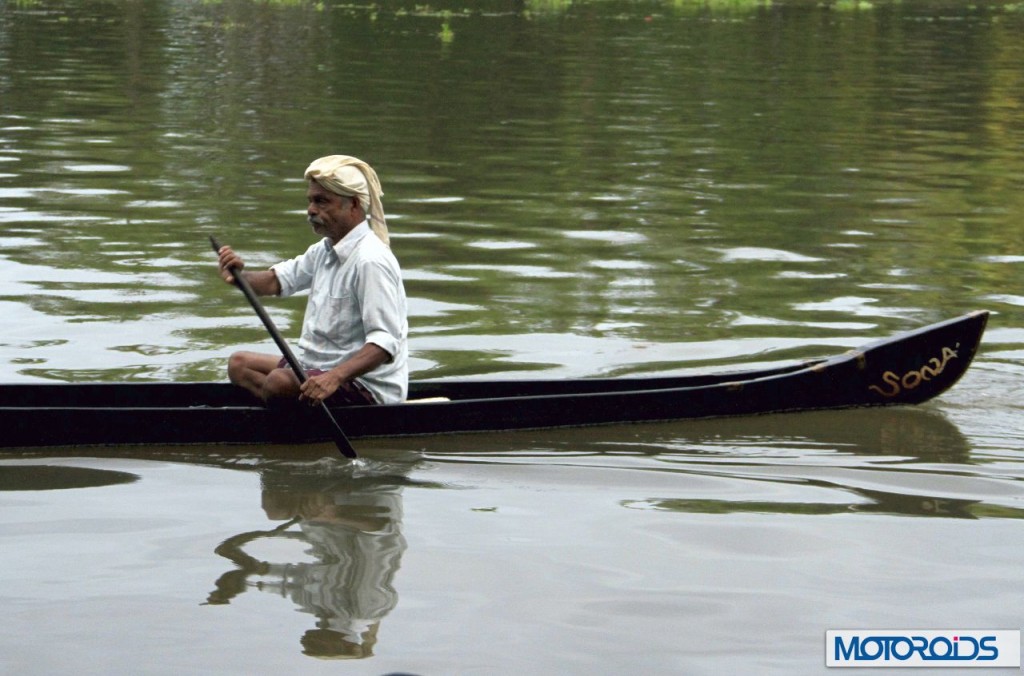
From the photo-ops point of view the first evening at Chennamkary was a bit of washout as it had started raining heavily. So just settled down in the front verandah and shared a sundowner with the other guests; two exchange students from Germany who were studying law at NLSU B’lore. A simple, but very tasty dinner of Kerala Parotas, salad, chicken & mixed veg curry and curd.

